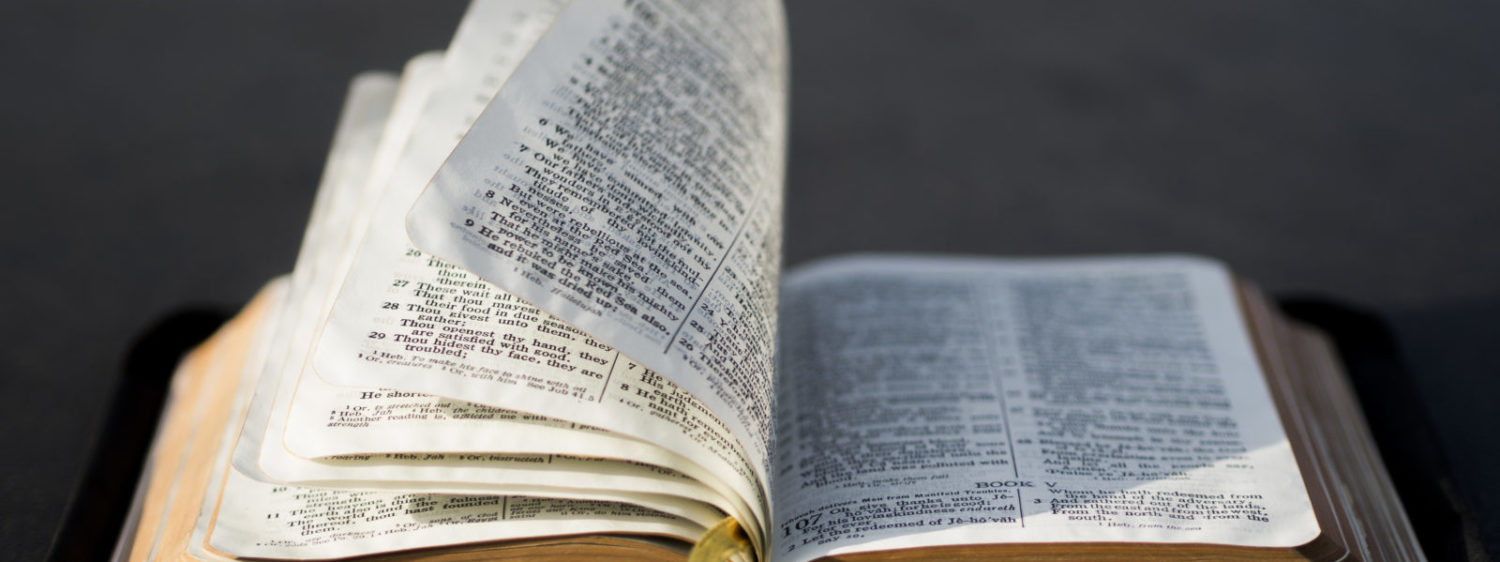by Margarita Mooney Clayton on November 2, 2011
This post originally appeared on the Black, White, & Gray blog.
As a graduate student, I remember reading Pope John Paul II’s encyclical on Faith and Reason and reflecting on his claim that science, for all of its great advances, is insufficient by itself to answer questions about the meaning of life, questions better left to philosophy and theology. As he wrote, “Faith and reason are like two wings on which the human spirit rises to the contemplation of truth; and God has placed in the human heart a desire to know the truth—in a word, to know himself—so that, by knowing and loving God, men and women may also come to the fullness of truth about themselves.” Reading Cardinal John Henry Newman’s book The Idea of a University communicated the same message: the intellectual life, the life of a student, a scientist or a university professor, is a search for truth, and all sincere search for truth leads us to God.
If faith and reason are like two wings of a bird, and if the pursuit of scientific knowledge can help us in our search to know God, then why do we read so much about religion and science being in conflict? As I often tell my students, public debates about many topics related to religion are dominated by extremes. As Rice sociologist Elaine Howard Ecklund shows in her book Science Vs. Religion: What Scientists Really Think, two of the most outspoken intellectuals in the religion and science debate, Richard Dawkins and Francis Collins, do not fully represent the views of either non-religious or religious scientists.
Ecklund’s 2010 book is the culmination of the first nationally representative study of university scientists (both natural and social scientists) completed since 1969. That’s right, it’s been 40 years since anyone actually asked a large number of university scientists what they think about religion. To remedy this particular gap in knowledge, over a period of about 4 years, Ecklund surveyed 1,700 scientists at top universities like Princeton and the University of North Carolina, and she also conducted 275 in-person interviews among those surveyed.
At first glance, her results seem to support popular perceptions about the chasm between religion and science. For example, whereas about 28% of Americans say they are Evangelical, only 2% of scientists choose that religious affiliation. 34% of scientists do not believe in God compared to 2% of the U.S. population. Only 9% of scientists never doubt the existence of God compared to 63% of the general public.
However, as seen in this You Tube video where Dawkins critiques people who believe in creationism as at best ignorant or at worst insane, his anti-religious sentiment is not representative of all non-religious university scientists. Despite these low levels of religious involvement among scientists compared to the general public in the U.S., few scientists are as convinced as Dawkins that religious people cannot embrace science unless they give up their faith. Ecklund finds that most non-religious scientists simply grew up in non-religious homes and are generally as illiterate about religion as Dawkins says most religious people are about science.
But is the glass half full or half empty? About 50% of university scientists do claim a religious affiliation, with Jewish, Mainline Protestant and Catholic being the largest groups (in that order). 18% of scientists attend weekly religious services, and another 29% attend at least once a year. Why are these religious scientists relatively invisible to the public? Ecklund discovered that few religious scientists feel comfortable disclosing their religious beliefs to their scientific community; nor do they discuss their science with their religious co-believers.
Hence, Collins is one of the few scientists who Ecklund calls boundary pioneers. Although Collins is not alone in privately being able to integrate his faith and his science, he does stand out for his willingness to speak to his scientific colleagues and his religious co-believers about how he integrates religion and science. As seen in this video interview with Collins, he is not afraid to critique common views other believers may hold about science–in particular about creationism or intelligent design. He also challenges scientists for overstepping their bounds in making truth claims about God’s existence, as God exists outside the natural world, and hence is not subject to scientific study.
What’s new since 1969? For one thing, the number of Catholics in science has increased. Rather than any theological viewpoint on education or science Catholics may learn, this change probably largely mirrors Catholic’s higher levels of educational attainment today compared to 40 years ago. That said, Catholic theologians and scientists are working on how to better articulate the ways that religion and science can be integrated.
Pope John Paul II’s encyclical on Faith and Reason did much to encourage creative thinking about religion and science among Catholic intellectuals, but many commentators on recent papal statements regarding faith and reason or religion and science agree with Ecklund: although there are many ways to integrate religion and science, few scientists are actively and openly trying to do so. Reading her book is a reminder to me that my mostly private thoughts and reflections about integrating faith and reason could be of service to others in the academy asking themselves the same questions.
